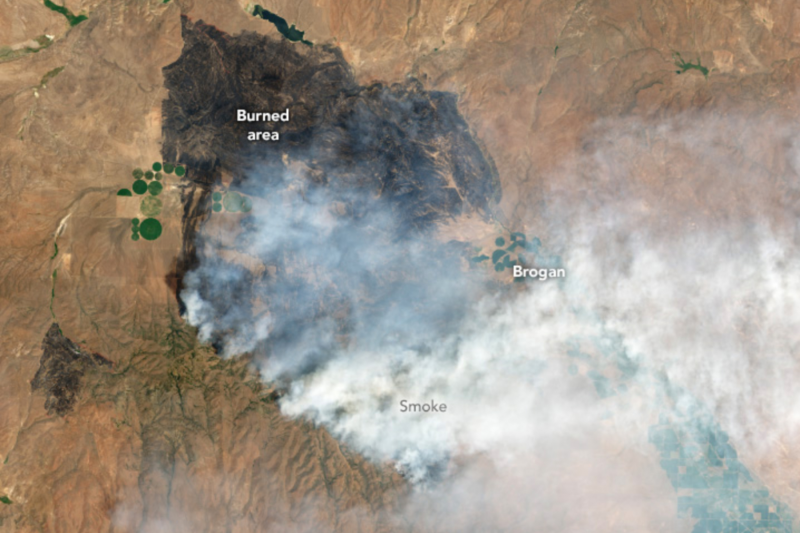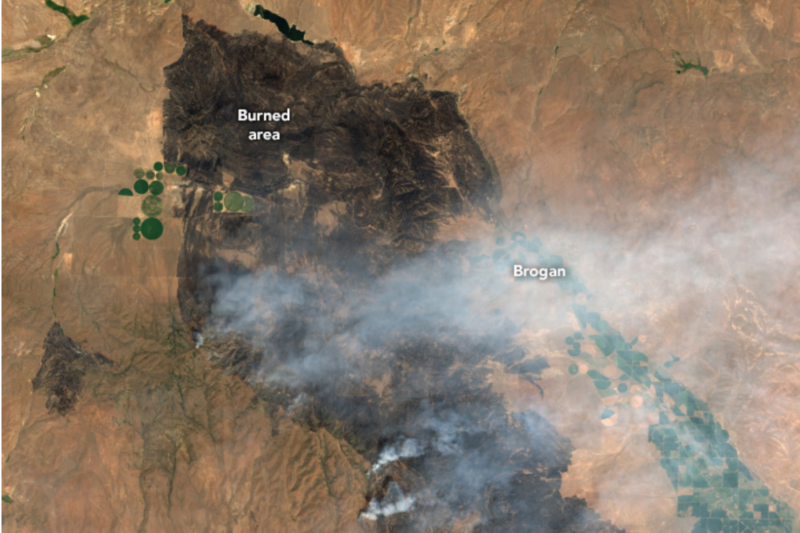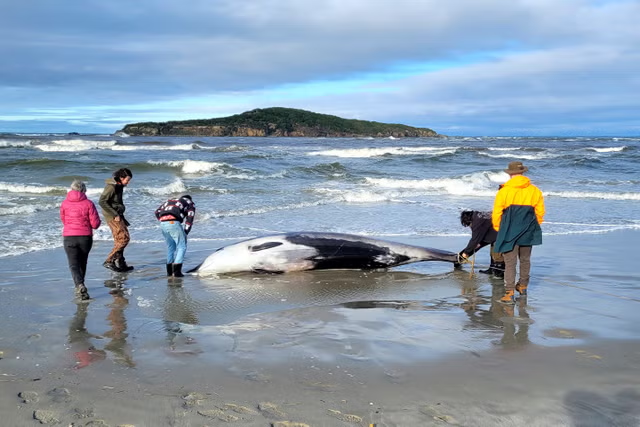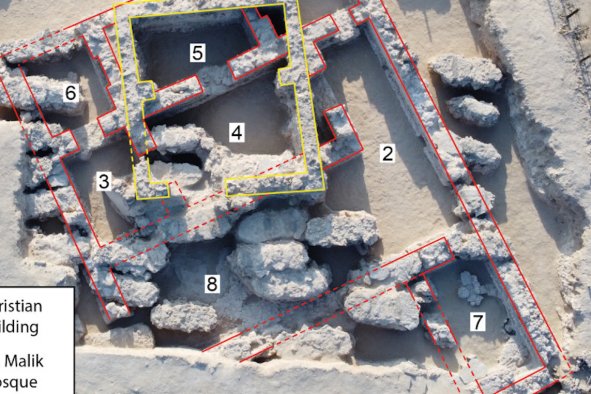An enormous wildfire has been spotted from space as it tears across Oregon.
The blaze, named the Cow Valley Fire, is located near the small town of Brogan about 9 miles east of Ironside, Oregon, and has spread to an area of 132,527 acres.
According to the Bureau of Land Management (BLM) Oregon & Washington via InciWeb, the fire is 5 percent contained. People in nearby regions have been warned they may need to evacuate.
The fire's progression on July 12 and 13 was captured from space by the OLI (Operational Land Imager) aboard the Landsat 8 satellite and the OLI-2 on Landsat 9, respectively. The fire rapidly spread from 80,000 acres on July 12 to 114,000 acres on July 13.
Drag slider compare photos


The largest wildfire currently burning in Oregon, the blaze began on July 11 and is thought to have been human-caused. A helicopter, 362 personnel, and 36 fire engines are currently involved in battling the blaze.
"Firefighters are working around the clock to suppress the Cow Valley Fire. There is currently a day shift, swing shift, and night shift operating as fire conditions allow. The fire is 132,528 acres. Most of the fire growth was wind-driven and occurred on the western edge towards East Prong Dry Creek," BLM Oregon & Washington said in a statement on July 15.
"Yesterday, firefighters continued to create line around the fire on the northern, eastern, and southern edges. Aviation resources dropped water and fire retardant on the western edges of the fire, slowing the rate of fire growth. The current perimeter around the fire is 163 miles long. Fire edges remain south of the Malheur Reservoir, east of Brogan and Jamieson, and north of Bully Creek Reservoir."
The rapid spread of the blaze is due to the intense heat wave currently scorching Oregon combined with powerful winds, which allowed the fire to burn the dried grasslands in the region quickly. The intense temperatures, which reached a record-breaking 105 degrees Fahrenheit in Baker City on July 10, are a result of a heat dome over the western United States. Heat domes are weather phenomena characterized by a large area of high pressure that traps warm air underneath it, causing prolonged periods of excessively hot weather.
"Extreme fire weather conditions are still present with very dry fuels. Moderated overnight conditions are expected to continue for one more night, then back to the pattern with poor overnight recoveries. Expect longer burn periods again starting tomorrow night. There is a chance of thunderstorms tomorrow with the increased instability. Above average temperatures and near normal precipitation expected over the next 6-10 days," BLM Oregon & Washington said.
In the coming days, firefighters will attempt to control the blaze, especially along the western edge, where it is growing.
There are currently 26 active fires across Oregon alone, burning 260,763 acres, according to the State of Oregon Fire Dashboard.
Do you have a tip on a science story that Newsweek should be covering? Do you have a question about wildfires? Let us know via science@newsweek.com.
Disclaimer: The copyright of this article belongs to the original author. Reposting this article is solely for the purpose of information dissemination and does not constitute any investment advice. If there is any infringement, please contact us immediately. We will make corrections or deletions as necessary. Thank you.



